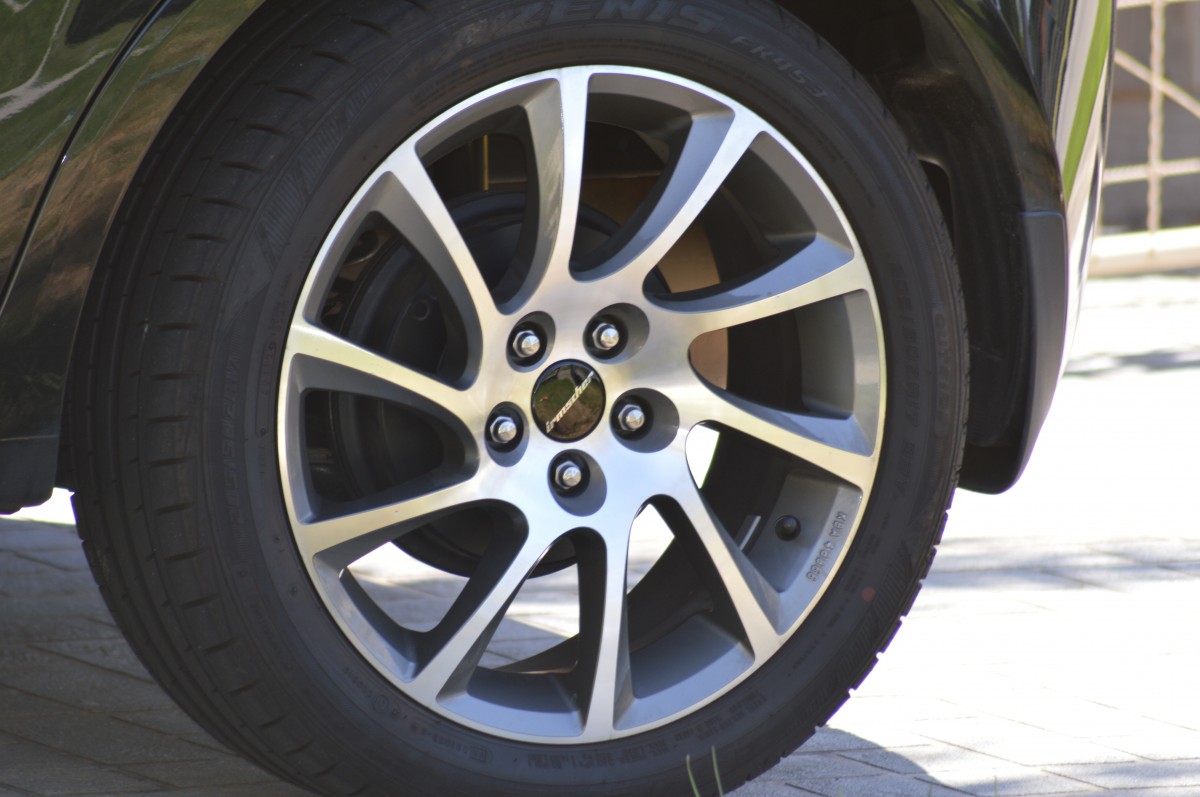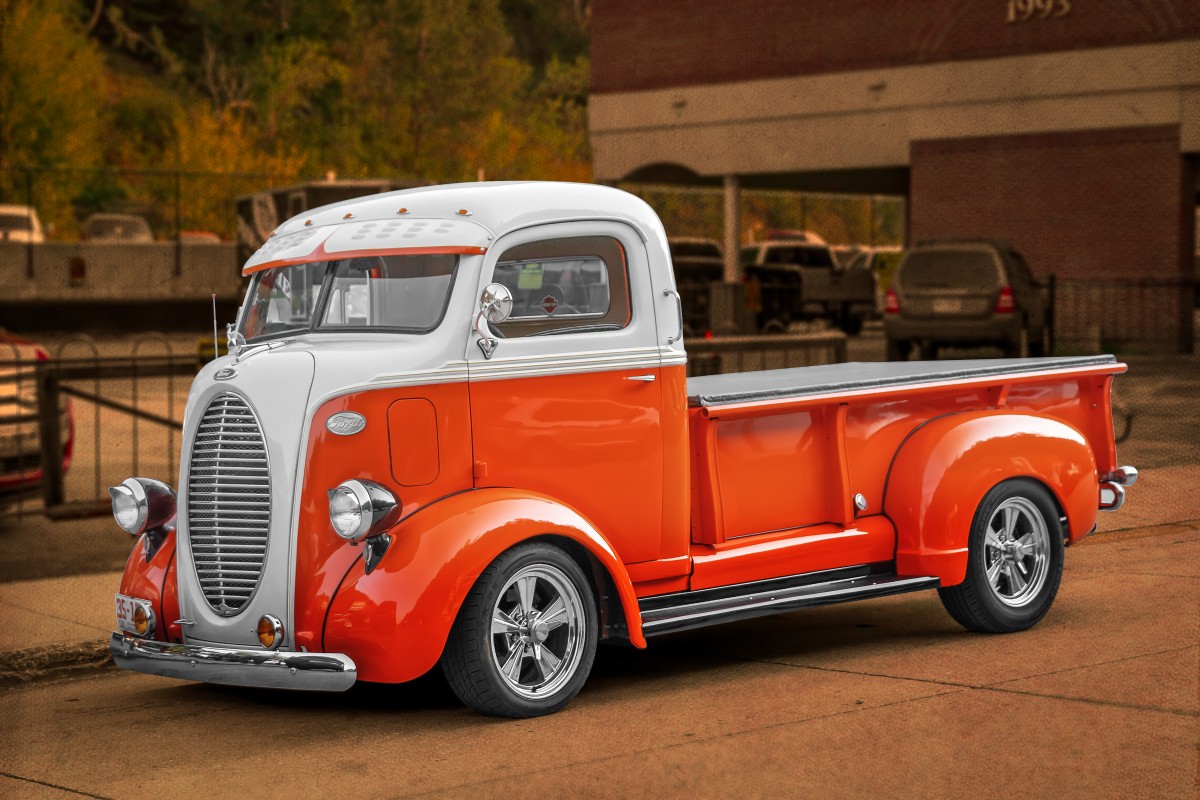Summary
– Vehicles concerned by commercial vehicle tires
– Commercial vehicle tires: according to use
– Commercial vehicle tires: the case of twinning
A commercial vehicle tire is robust and long-lasting, an essential characteristic due to its more intensive use (frequency, load weight) than a private vehicle.
Vehicles concerned by commercial vehicle tires
A light commercial vehicle is intended for commercial or industrial use. Its total allowable weight must be less than 3.5 tons, in which case the vehicle falls into the “heavy goods vehicle” category. The rear part of the vehicle is designed to carry goods.
Tires for commercial vehicles: depending on use
There are two types of tire equipment for a commercial vehicle:
1. Standard passenger car tires
This meets the needs of the smallest light commercial vehicles (e.g., Honda Element or Nissan NV250), used domestically and are not subject to heavy loads. In this case, the tire will often be reinforced.
2. Light truck tire equipment
This is the equipment most often used on light trucks. These tires are designed like standard passenger tires but with dimensions and characteristics adapted to offer more robustness and endurance (load resistance and reinforced sidewalls).
This utility tire can be recognized by the letter “C” in its dimensional marking when there is no mention of “Reinf.” or “extra load” (example: 175/65R14 C 90T).
The vehicles are not designed for very high speeds. Speed ratings are lower than those of modern passenger tires: generally between Q and H, i.e., tires suitable for up to 210 km/h. On the other hand, the load indices are logically higher (up to 120, i.e., a maximum load of 1400 kg/tire).
Utility tire: the case of twinning

Utility tires are sometimes mounted in sets of 4 on an axle (2 on each side). Therefore, the exact tire can sometimes have 2 different load indices: one corresponds to the maximum load tolerated with 2 tires mounted, the other corresponds to the equivalence with 4 tires.
Example: 195/50R15 104/102R indicates a load tolerance of 900 kg per tire in single mounting (load index 104) and 850 kg per tire in the case of dual mount (index 102).
Price of a commercial vehicle tire
A specific, reinforced commercial vehicle tire can be 30% more expensive than a passenger car tire. But beware, tourism tires mounted in place of utility tires are a reason for refusing the mandatory technical control.
The below links might interest you as well:
– When Can a Leak Detector Be Used on a Head Gasket?
– How to Change Your Brake Fluid;
– How to Verify Braking Noises;
– How Do You Restore Car Leather;
– Are Puncture Proof Tires Any Good?
– How to Repair a Crack on a Dashboard;
– 5 Common Causes of Hydraulic Power Steering Failure;
– How to Solve a Power Steering Problem;
– 5 Steps to Install a Car Window Film;
– Is It Worth Buying an Auto Diagnostic Kit;
– Automotive Equipment: What Is the Wheel Balancer Used For;
– Ever Wonder If Your Vehicle Has a Misalignment Issue?
– The Solution to Combat Engine Fouling;
– Why Will You Remove the Catalyst Converter?
– A Guide to Understanding Automotive Mechanics;
– Why Perform a Car Diagnostic?
– Increasing the Turbo Pressure;
– What Is Ultrasonic Car Injector Cleaning?
– 4 Essential Tips to Clean a Car Injector;
– How to Check for Car Water Pump Issues;
– My Car Is Overheating! What Could Be Wrong?
– How to Remove Scratches/Scuffs From Your Dashboard.

